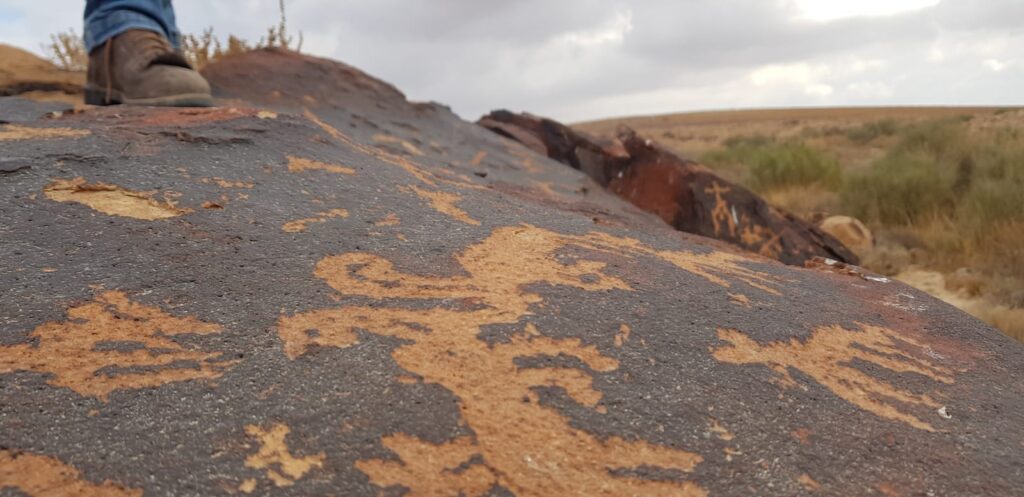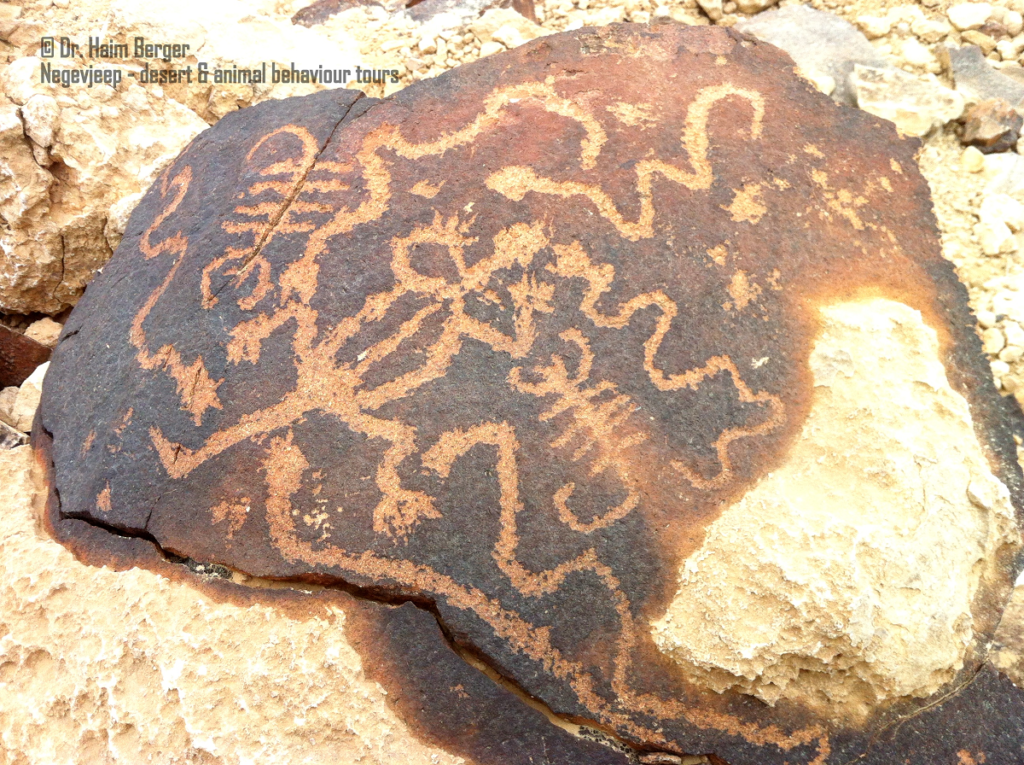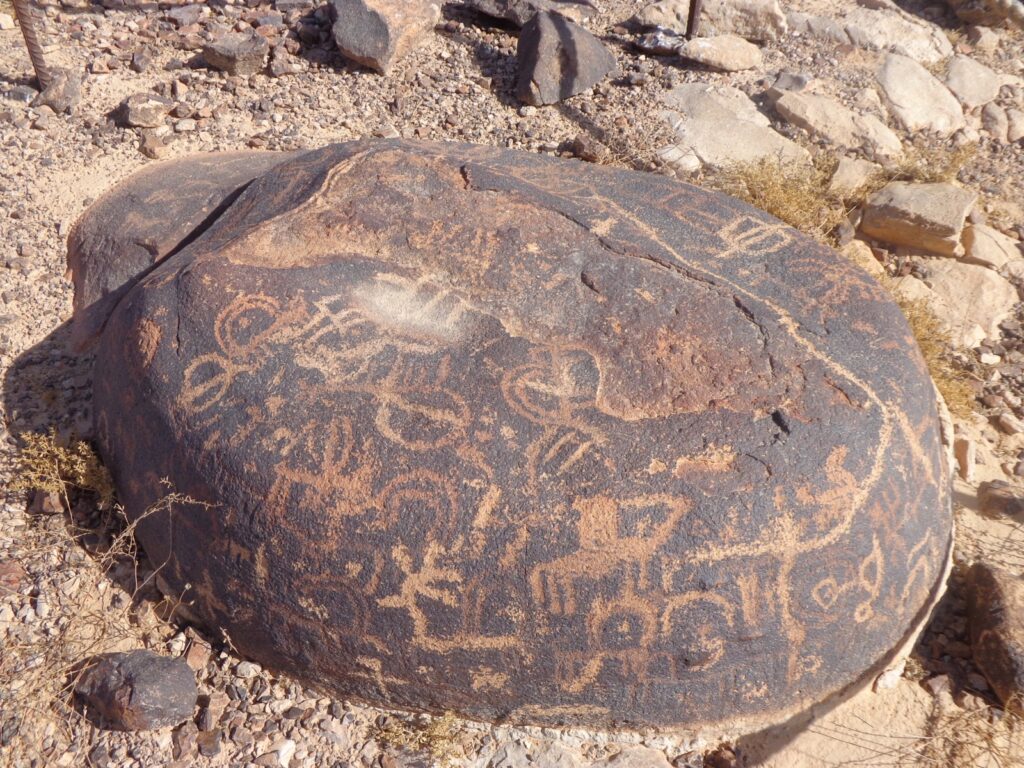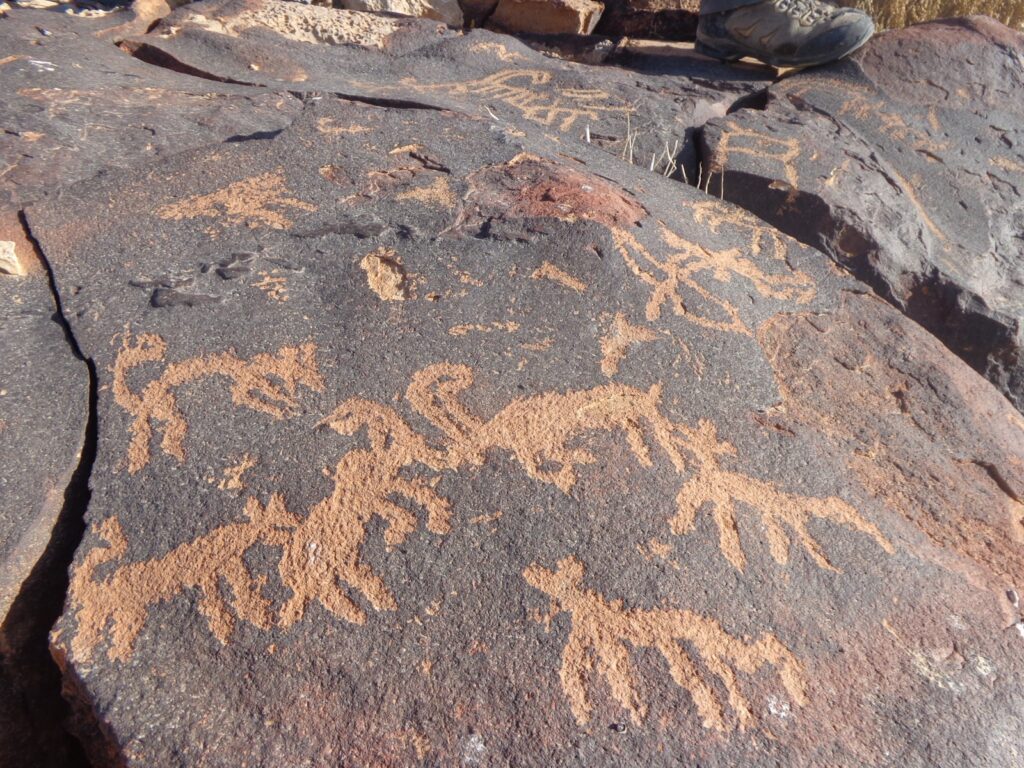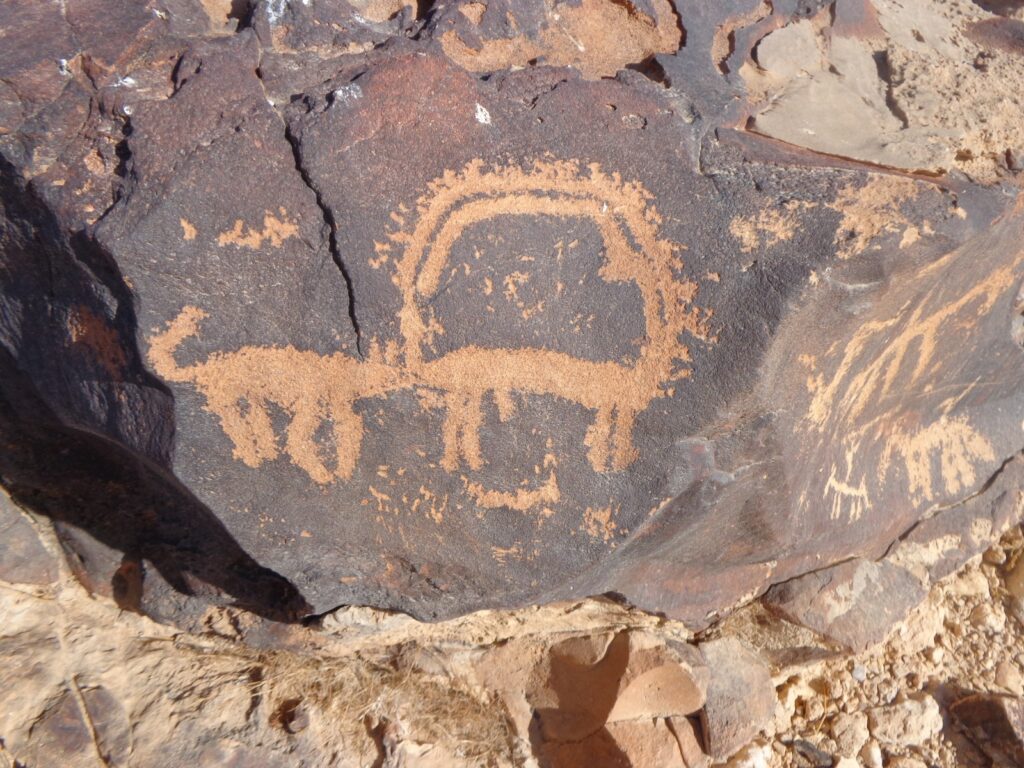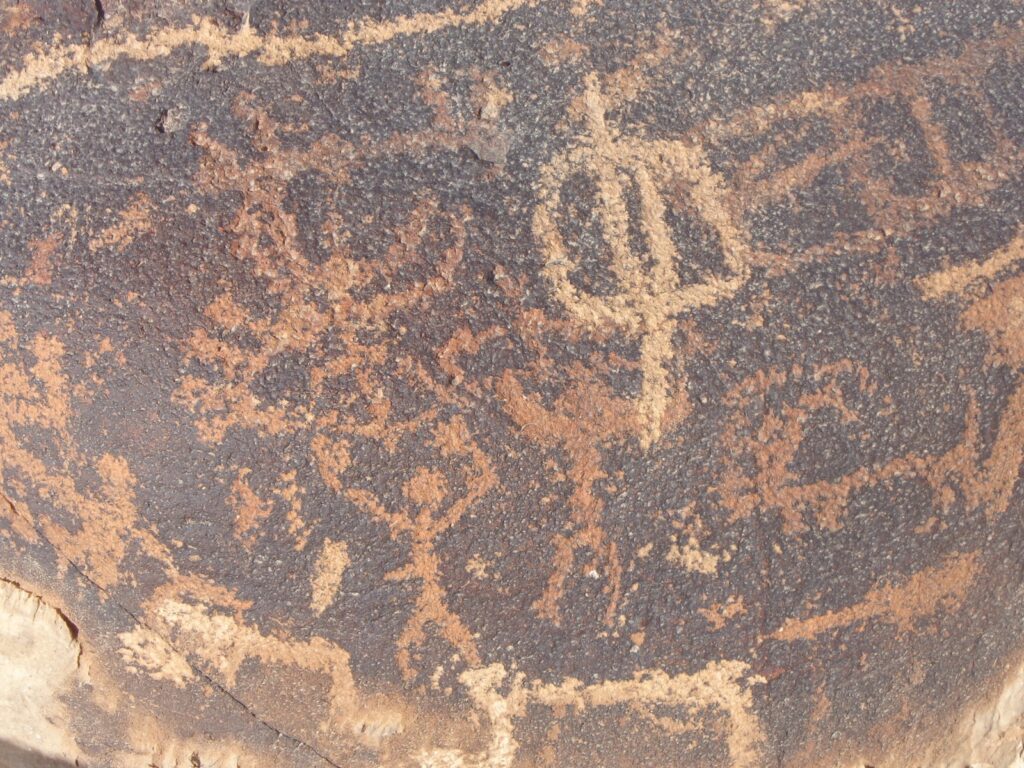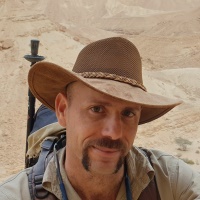The Friendly Negev Desert is one of the most studied deserts in the world. Academics of all disciplines, from geologists and botanists to historians and sociologists have spent the better part of the last century exploring every corner of this desert and researching every unique feature and development. Amazing discoveries have been made especially in the field of archeology, and the knowledge gathered here about the civilizations of the desert has had important implications for studies all around the world. And yet, even in this deeply explored desert, there are still mysteries we know very little about.
All roads lead to… mt. Karkom
Looking at an arial photo of the Negev Desert, you can’t help but notice that mt. Karkom is the point of convergence of dozens of ancient trails. Several major trade routes cross the Negev desert, and mt. Karkom isn’t located on any of them, meaning it is not “on the way” to anywhere. Yet, trails lead to the mountain from every possible direction around it. Some of these trails are very ancient and have since been abandoned, and some have continue serving nomads even now in the age of 4 wheel drive. This means the mountain was never a stop on the way, but rather was a destination of its own great importance.
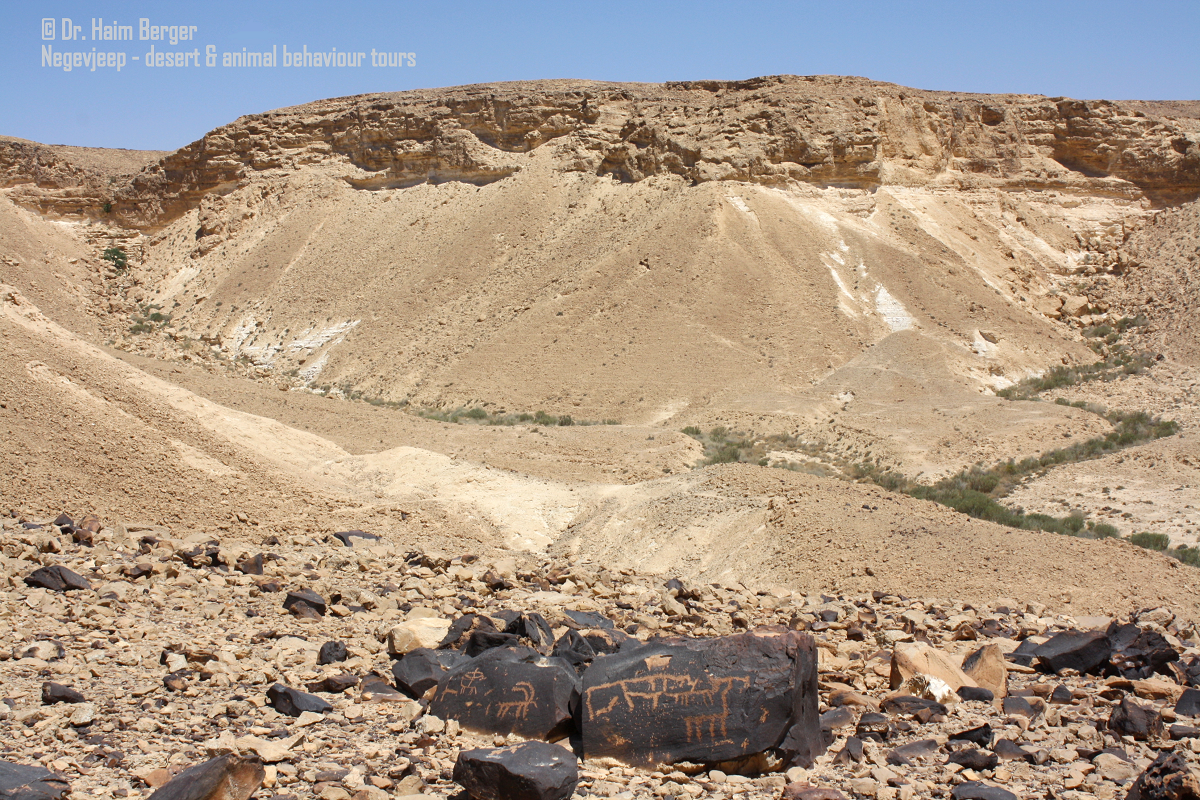
Mysterious rock art
Mt. Karkom is a flat table mountain- a relic of sedimentary rock carved away from its surroundings by millions of years of erosion. Once you climb one of its steep slopes, you’ll arrive at the vast plateau that is the mountain top. The most striking feature on this flat and barren landscape are the patches of dark rock, rich with iron that rusts as it is exposed to the elements. This patina has served as the canvas for the biggest concentration of rock carvings in the region- Between Israel, Jordan and Sinai in Egypt, no site has such a high concentration of rock art. Tens of thousands of engravings in less than 7 square kilometers. Why, for over 10,000 years, have people traveled far and deep into the desert to tell their stories on the rocks of this specific mountain?
Mt. Sinai?
Scattered on and around the mountain are also hundreds of rock circles, altars, and cult sites, all pointing towards the continuous religious importance of the mountain to the various peoples of the desert.
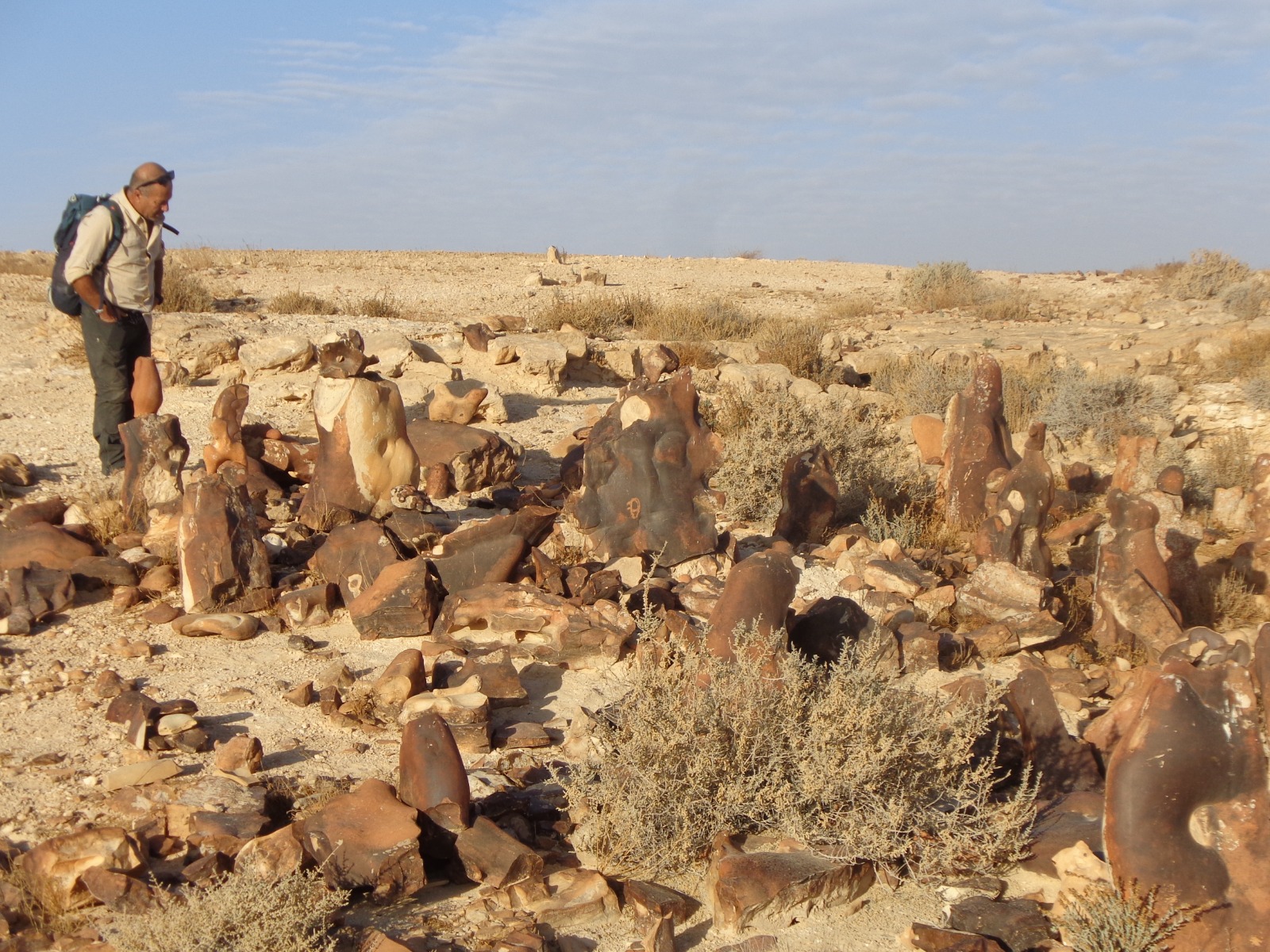
One archeologist, Professor Emanuel Anati, has been studying the mountain for over 40 years. He believes that this religious importance drew one specific group to the mountain- The people of Israel travelling through the desert during the exodus. According to Anati, mt. Karkom is, in fact, the biblical mount Sinai, and over the years he has published what he believes are geographic clues he found in the landscape and the biblical text, which point towards the mountain.
The Burning Bush
Anati’s interpretation of the biblical text on the mountain has met a lot of opposition from the archeological world. Recently, however, he has gained support from two local guides- Dr. Haim Berger and mr. Yigal Granot, who have made an interesting discovery: They found that on the shortest day of the year, the winter solctice on December 21, the sun shines through a unique window in the cliffs of the mountain, resulting in a special glow that can only be described as “fiery”. According to their interpretation, this glow could explain what Moses saw on the mountain – a burning bush that wasn’t consumed.
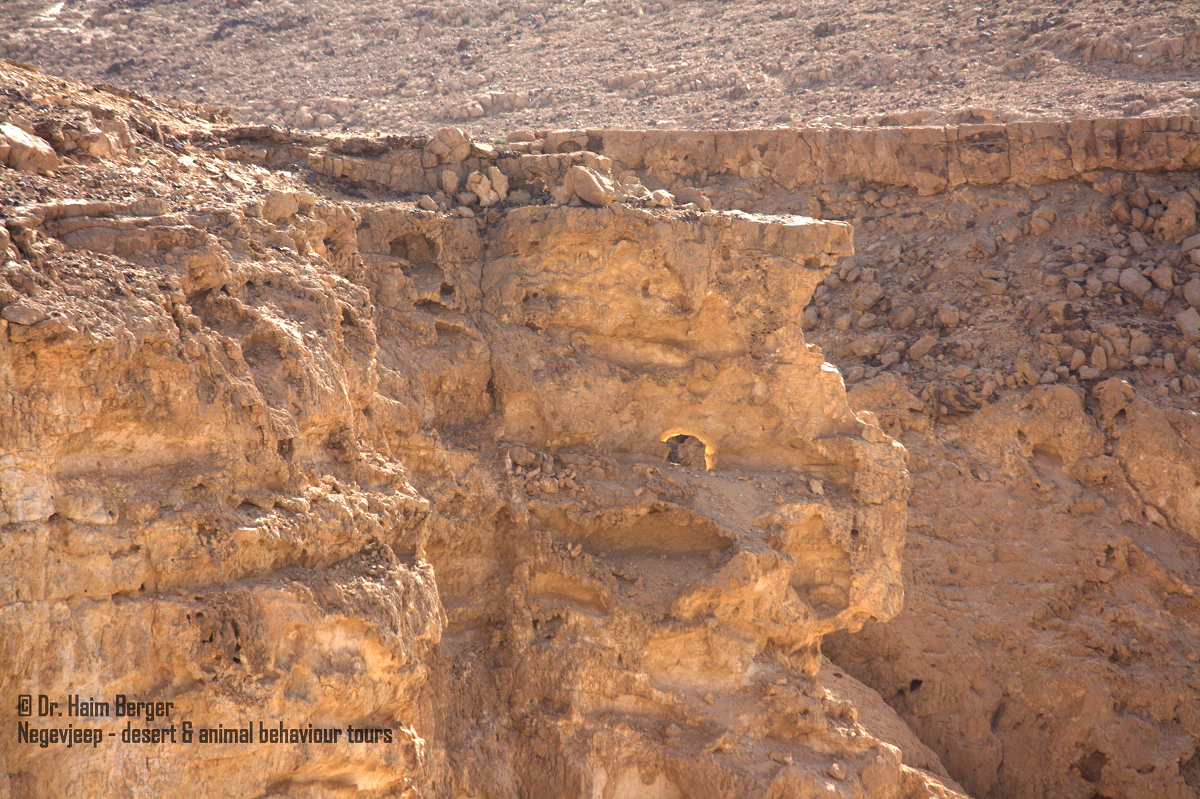
Worth the (big) effort
There is much controversy surrounding mt. Karkom. This only makes the visit to the mountain more fascinating. You can spend a whole day on and around the mountain, studying the rock carvings and exploring the cult sites, and you’ll probably come up with a theory or two of your own. Mt. Sinai or not, one thing is for sure: Staring at the view and listening to the silence on the mountaintop are almost guaranteed to open your mind to the powers of creation.
Getting to the mountain is not easy, though. You can trek for 5 days from the town of Mitzpe Ramon, through some of the most pristine trails in the Friendly Negev Desert, but that is not for everyone. The most common way to get to the mountain is a full day guided jeep tour. Because the mountain is located in the middle of a military training zone, it can only be accessed during specific days, and with special coordination with the military authorities. Local guides and jeep tour companies will make the necessary arrangements for you.
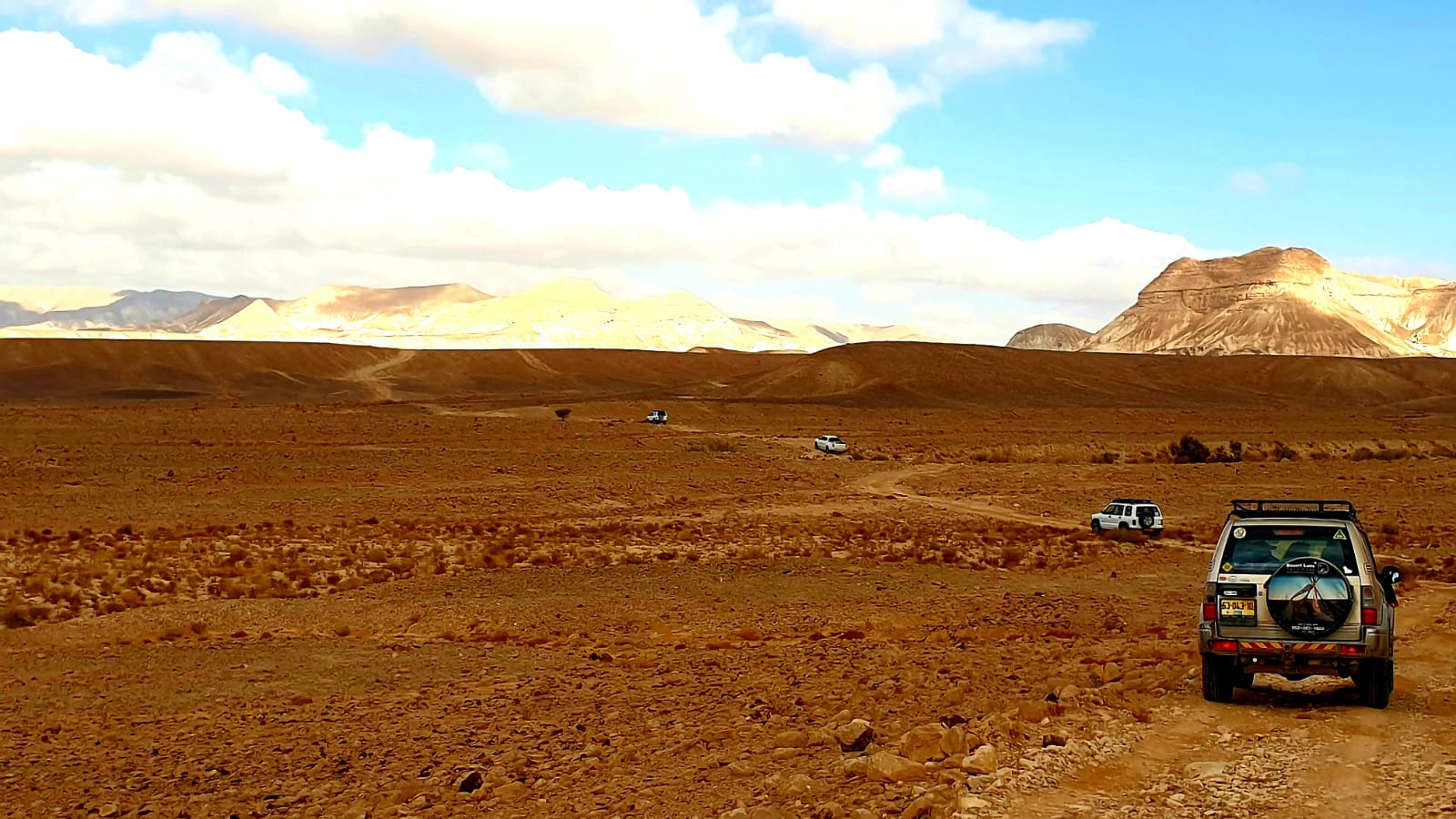
This year for the first time in a decade, we’ve been able to coordinate the opening of this unique site to the public on December 21, so visitors from all around the world can come and enjoy the “burning bush” phenomenon. And explore the sites and views of this one-of-a-kind site.
This is not something you want to miss.

